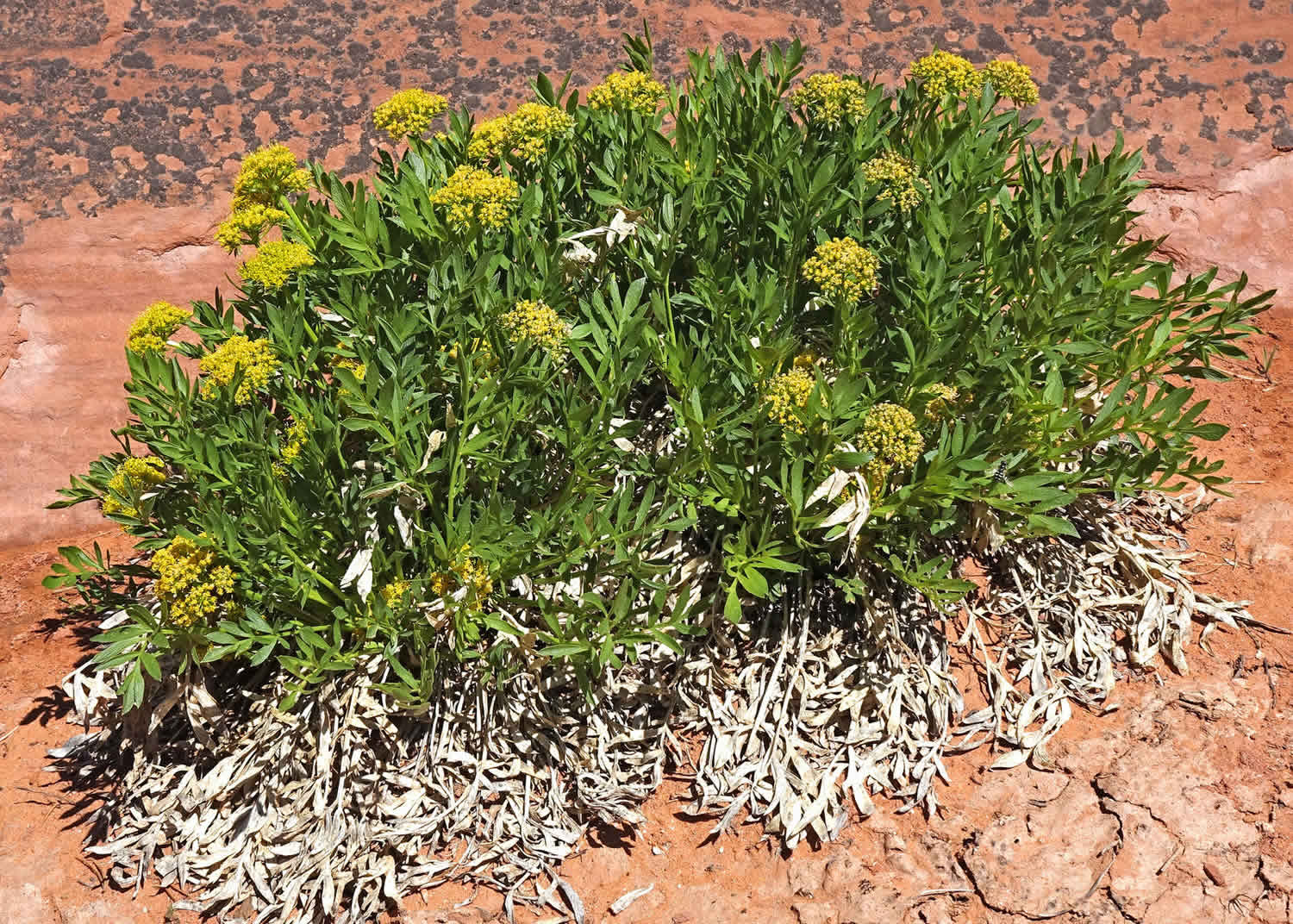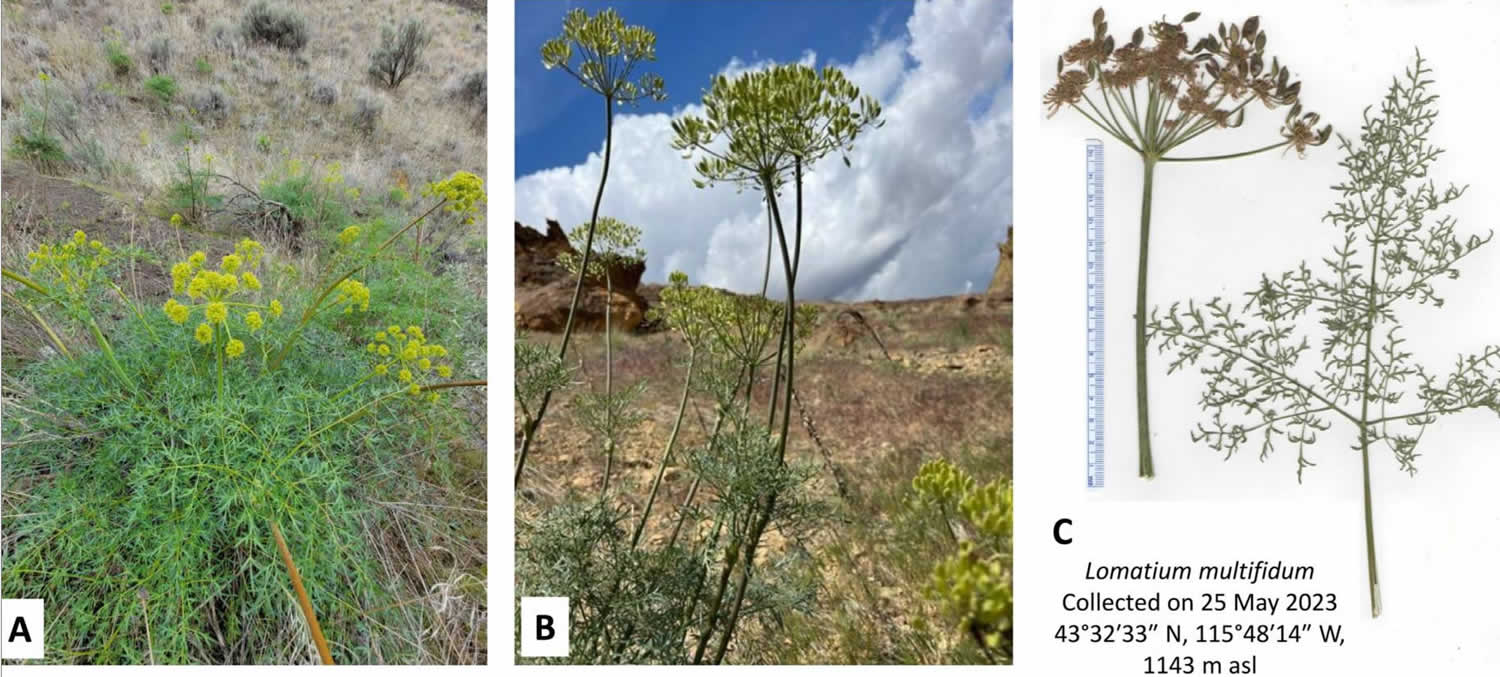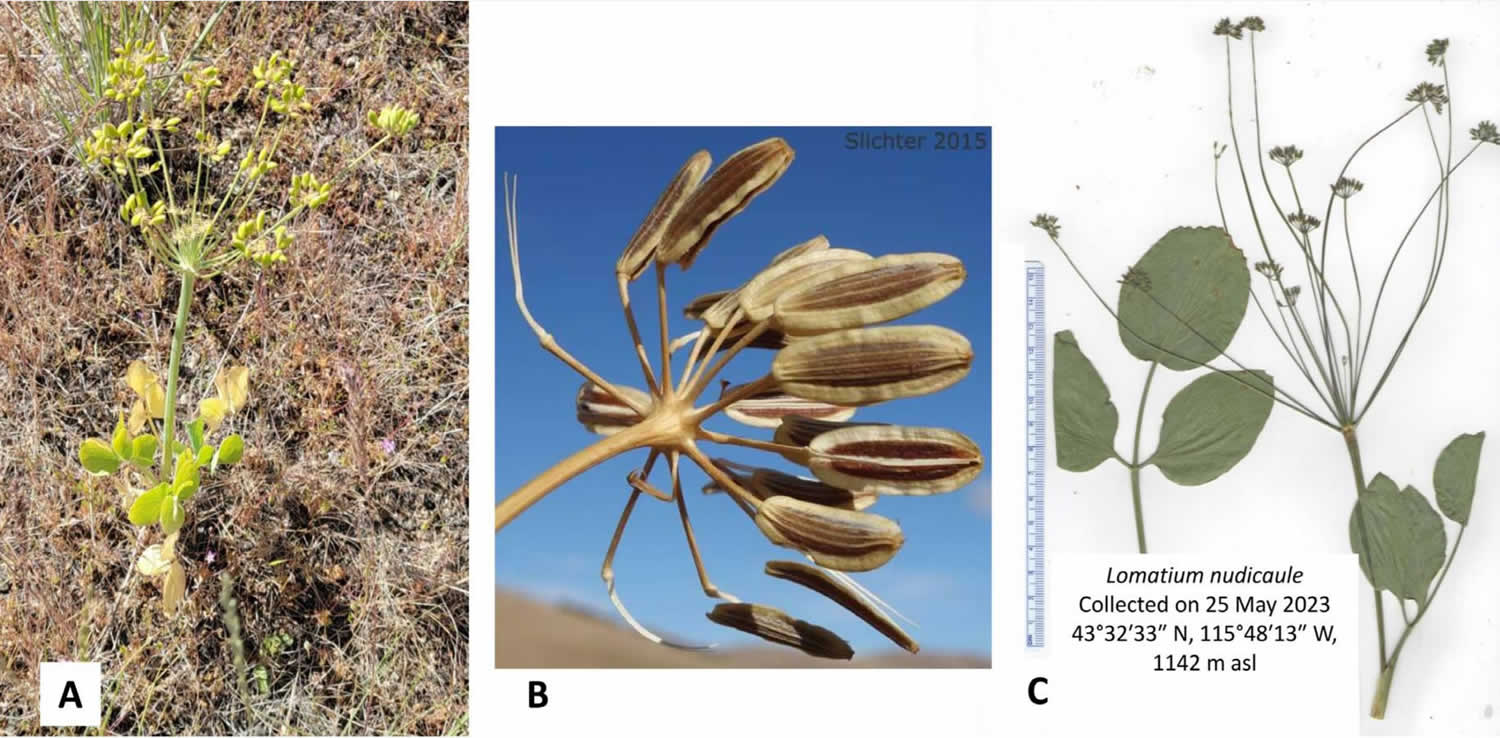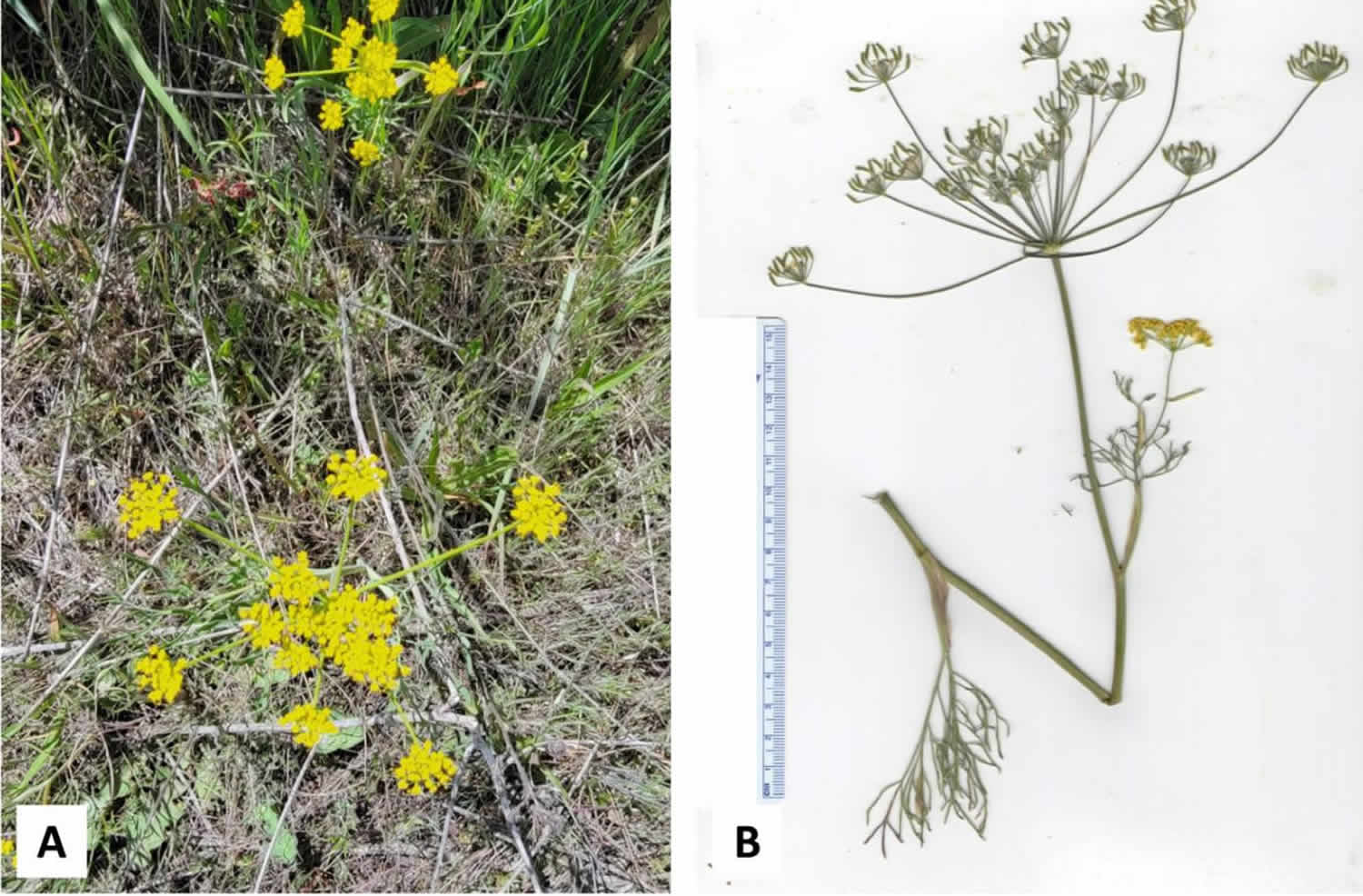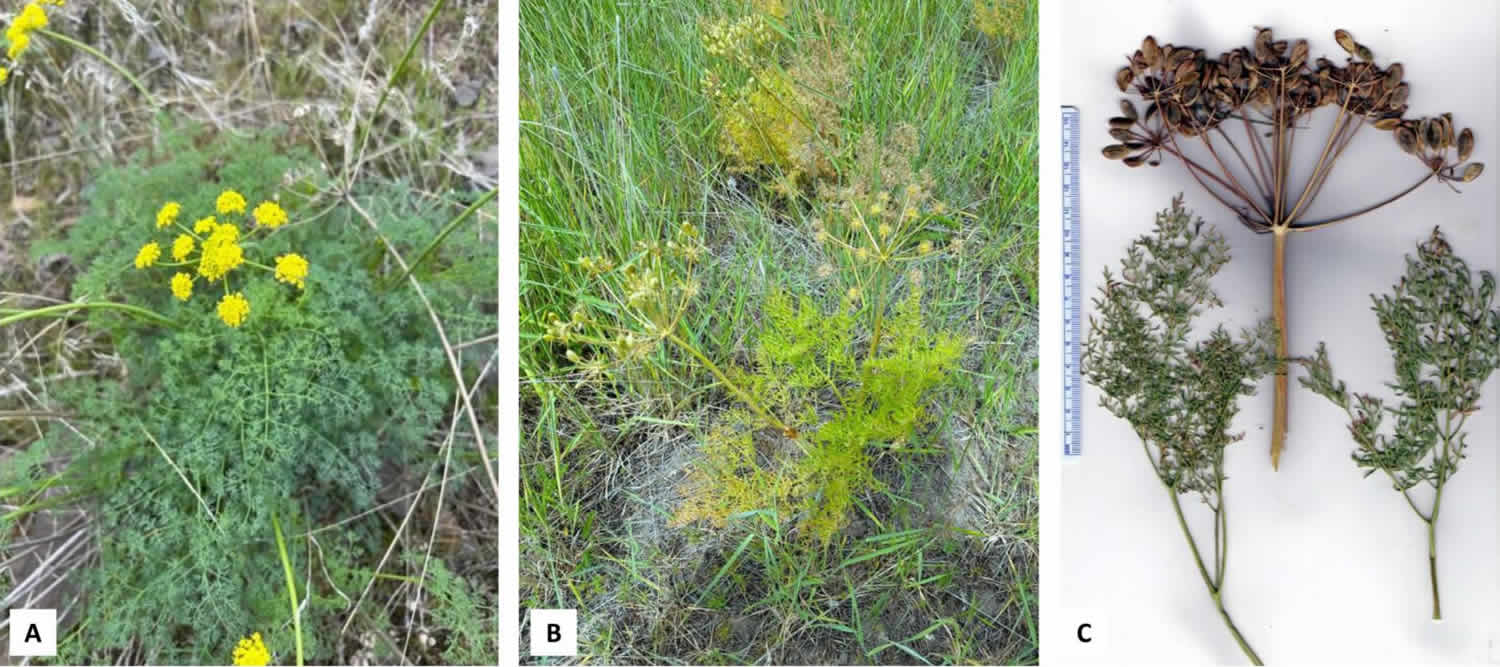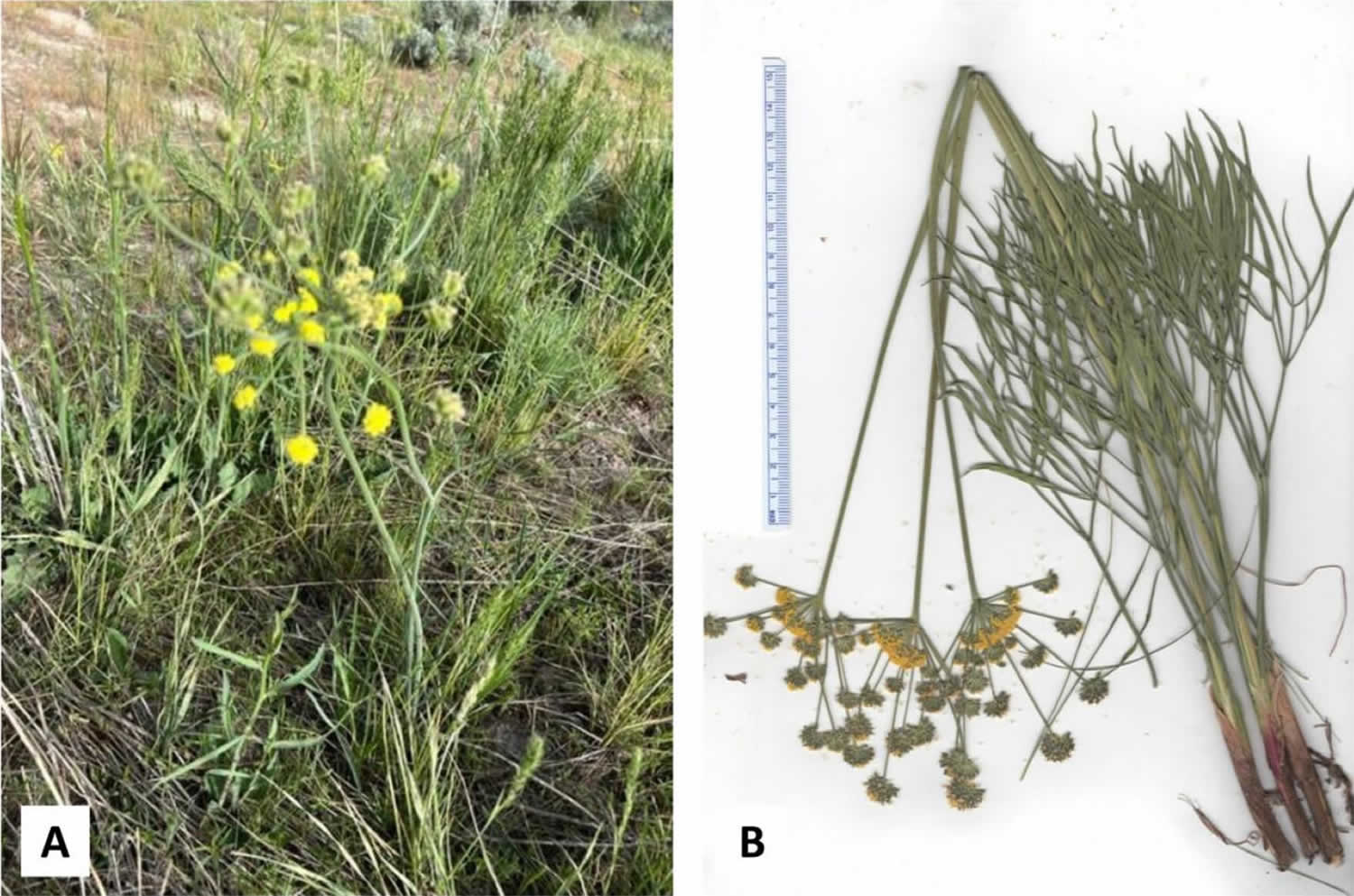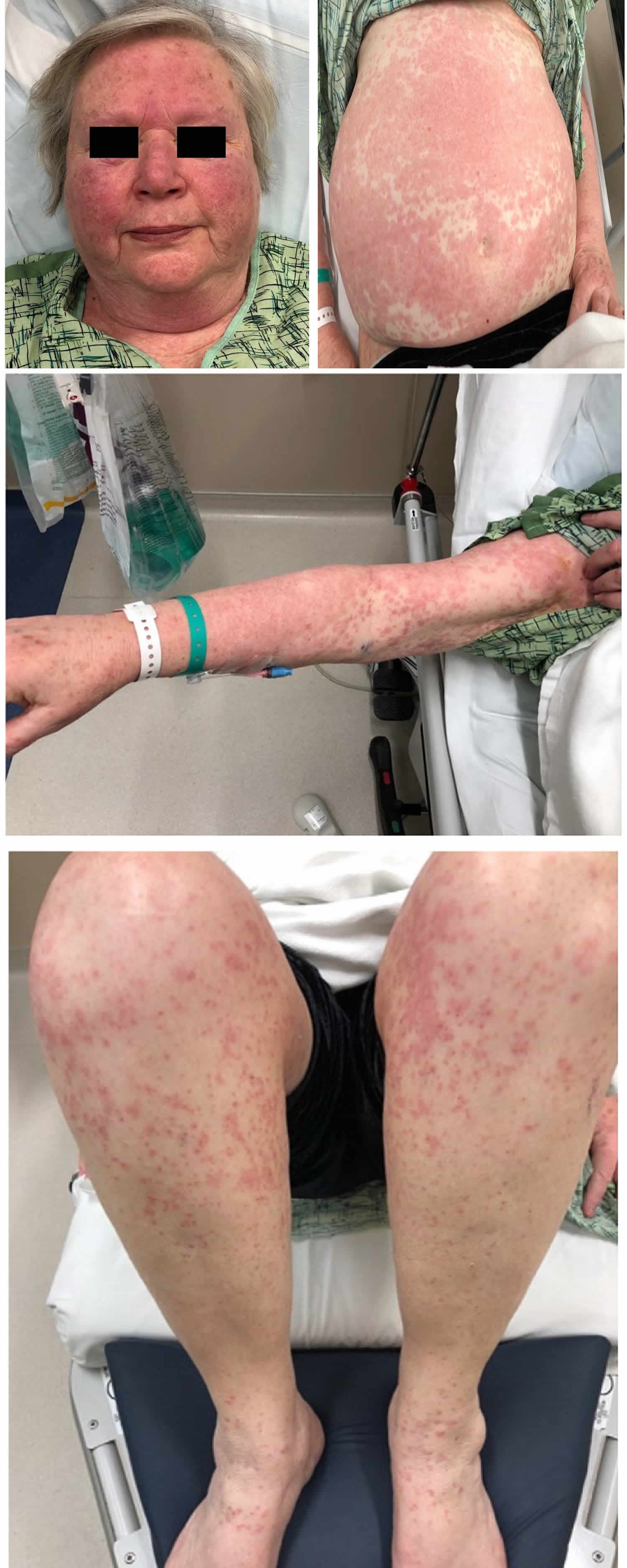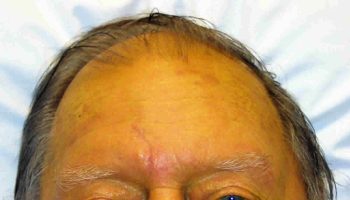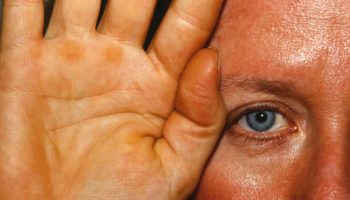Contents
Lomatium
Lomatium also known as biscuitroot, Indian parsley, or desert parsley belongs to a family of mostly aromatic flowering plants called Apiaceae (carrot family) 1. Lomatium consists of about 106 species widely distributed in western North America 2, 3. Lomatium is in the family Apiaceae and therefore related to many familiar edible species such as carrots and celery. Native to western North America and northern Mexico, some Lomatium species have been extensively used by Native Americans in the inland Pacific Northwest as medicines as well as food 4.
In the herbal medication literature, Lomatium dissectum known as fernleaf biscuitroot (see Figure 2 below) is characterized as an expectorant (a medicine which promotes the secretion of sputum by the air passages, used to treat coughs) and treatment for febrile respiratory illnesses 5. Lomatium dissectum is commonly marketed as “LDM-100” and has gained popularity among practitioners of herbal medicine as a treatment against influenza 6. As evidence of its effectiveness, herbalists point to anecdotal experience of its use against influenza including its test tube study against other viruses such as rotavirus 7, 8, 9 and the observation that Native American populations using Lomatium during the influenza pandemic of 1917–18 had low rates of infection 10, 11. Dosing regimens for Lomatium in the natural medicine community vary widely, from as few as 3 drops orally three times daily to 90 drops orally four times daily, with some sources suggest that lower initial doses that gradually increase are less likely to cause rash 12, 13. The naturopathic literature from which most information about rashes caused by Lomatium is drawn do not indicate a well-studied treatment of the rash aside from supportive care and cessation of Lomatium ingestion.
Lomatium common side effect is the development of a itchy, whole-body rash that appears within 1 to 3 days of initiating treatment with Lomatium, and generally resolves within 5 to 7 days of stopping Lomatium (see Figure 8 below). The rash was refractory to glucocorticoids but antihistamines were helpful to reduce the itch and the rash only resolved once the exposure to the Lomatium extract ceased 6. During the COVID-19 pandemic, a 57 year old female presented with a 1 day history of a diffuse red, itchy maculopapular rash sparing only the palms and soles after taking Lomatium dissectum extract 5.
Figure 1. Lomatium anomalum Jones ex J.M. Coult. & Rose
Footnotes: (A) Several plants at time of collection. (B) Photograph of plants at time of collection. (C) Scan of pressed plant.
[Source 1 ]Figure 2. Lomatium dissectum (Nutt.) Mathias & Constance
Footnotes: (A) Several plants. (B) Closeup of the inflorescence. (C) Scan of the pressed plant.
[Source 1 ]Figure 3. Lomatium multifidum (Nutt.) R.P. McNeill & Darrach
Footnotes: (A) Flowering stage. (B) Fruiting stage. (C) Scan of the pressed plant.
[Source 1 ]Figure 4. Lomatium nudicaule (Nutt.) J.M. Coult. & Rose
Footnotes: (A) Photograph of the plant at the time of collection. (B) Closeup of the fruits. (C) Scan of the pressed plant.
[Source 1 ]Figure 5. Lomatium packardiae Cronquist
Footnotes: (A) Photograph of the plant. (B) Scan of the pressed plant material.
[Source 1 ]Figure 6. Lomatium papilioniferum J.A. Alexander & Whaley
Footnotes: (A) Flowering stage. (B) Fruiting stage. (C) Scan of pressed plant material.
[Source 1 ]Figure 7. Lomatium triternatum (Pursh) J.M. Coult. & Rose var. triternatum
Footnotes: (A) Photograph of the plant. (B) Scan of the pressed plant material.
[Source 1 ]Table 1. Lomatium species
2 ]Table 2. Lomatium essential oils
| Lomatium Species | Collection Site | Plant Tissue | Major Components (>5%) |
|---|---|---|---|
| Lomatium brandegeei J.F. Macbr. | Slate Peak, Washington | Aerial parts | α-pinene (9.2%), β-phellandrene (60.9%) |
| Lomatium dasycarpum (Torr. & A. Gray) J.M. Coult. & Rose | Trinity National Forest, California | Leaves and stems | 3-methyl-2-buten-1-yl 3-methylbutyrate (22.3%), lavandulyl 2-methylbutyrate (16.9%), senkyunolide (9.8%) |
| Lomatium dissectum (Nutt.) Mathias & Constance var. dissectum | Six Rivers National Forest, California | Aerial parts | 1-octanol (9.0%), octyl acetate (5.3%), palmitic acid (15.3%) |
| Lomatium dissectum var. multifidum (Nutt.) Mathias & Constance (syn. Lomatium multifidum (Nutt.) R.P. McNeill & Darrach) | San Bernardino National Forest, California | Aerial parts | (3Z)-hexenol (18.5%), myrcene (6.0%), palmitic acid (8.6%) |
| Lomatium eastwoodiae (J.M. Coult. & Rose) J.F. Macbr. | Black Ridge, Colorado | Aerial parts | α-pinene (6.2%), myrcene (5.1%), limonene + β-phellandrene (12.9%), (E)-β-caryophyllene (12.2%), germacrene D 95.2%) |
| Lomatium foeniculaceum subsp. fimbriatum W.L. Theob. | Inyo National Forest, California | Leaves and stems | (3Z)-hexenol (6.5%), limonene + β-phellandrene (6.8%), terpinolene (6.7%), germacrene D (15.9%), (Z)-ligustilide (13.1%) |
| Lomatium graveolens (S. Watson) J.M. Coult. & Rose | Provo Peak, Utah | Aerial parts | β-pinene (21.6%), limonene + β-phellandrene (33.2%), osthole (5.2%) |
| Lomatium grayi “new variety” (based on the reported collection site, this is probably Lomatium papilioniferum J.A. Alexander & Whaley) | Elko County, Nevada | Aerial parts | limonene + β-phellandrene (17.7%), γ-terpinene (16.1%), senkyunolide (44.0%) |
| Lomatium grayi (J.M. Coult & Rose) J.M. Coult. & Rose var. grayi | Utah County, Utah | Aerial parts | myrcene (8.4%), limonene + β-phellandrene (27.2%), γ-terpinene (10.4%), senkyunolide (24.4%) |
| Lomatium grayi var. depauperatum (M.E. Jones) Mathias | Juab County, Utah | Aerial parts | myrcene (8.1%), limonene + β-phellandrene (20.8%), (Z)-β-ocimene (18.9%), (Z)-ligustilide (6.7%) |
| Lomatium howelii (S. Watson) Jeps. | Eight Dollar Mountain, Oregon | Aerial parts | (E)-β-ocimene (5.8%), octyl acetate (24.8%), citronellyl acetate (7.1%), decyl acetate (6.7%), lauryl acetate (5.1%) |
| Lomatium howelii (S. Watson) Jeps. | Low Divide, California | Aerial parts | 1-octanol (11.4%), octyl acetate (23.5%), citronellyl acetate (6.0%), germacrene D (6.0%) |
| Lomatium junceum Barneby & N.H. Holmgren | Emery County, Utah | Aerial parts | α-pinene (24.3%), β-pinene (29.3%), limonene + β-phellandrene (11.3%) |
| Lomatium lucidum Jeps. | San Bernardino National Forest, California | Leaves and stems | limonene + β-phellandrene (11.5%), decanal (15.7%), bornyl/isobornyl acetate (6.1%), dodecanal (9.4%), α-humulene |
| Lomatium macrocarpum J.M. Coult. & Rose | Six Rivers National Forest, California | Leaves and stems | (3Z)-hexenol (9.2%), (E)-β-caryophyllene (12.6%), palmitic acid (9.0%), linoleic acid (5.2%) |
| Lomatium marginatum var. purpureum (Jeps.) Jeps. | Lake County, California | Leaves and stems | (3Z)-hexenol (10.3%), (Z)-β-lomatene (12.9%), (E)-β-caryophyllene (9.3%) |
| Lomatium mohavense (J.M. Coult. & Rose) J.M. Coult. & Rose subsp. mohavense | Grant, California | Leaves and stems | limonene + β-phellandrene (6.0%), trans-β-elemene (17.8%), (E)-β-caryophyllene (7.8%), germacrene D (10.8%), bicyclogermacrene (6.2%) |
| Lomatium mohavense subsp. longilobum W.L. Theob. | Acton, California | Leaves and stems | (3Z)-hexenol (7.5%), limonene + β-phellandrene (6.5%), β-sinensal (6.8%), iso-α-sinensal (19.3%), α-sinensal (5.4%), iso-α-sinensyl acetate (5.7%) |
| Lomatium nevadense (S. Watson) J.M. Coult. & Rose var. parishii (J.M. Coult. & Rose) Jeps. | Bishop, California | Leaves and stems | (E)-β-ocimene (5.1%), (E)-β-caryophyllene (10.3%), germacrene D (10.7%), bicyclogermacrene (7.0%), |
| Lomatium parryi (S. Watson) J.F. Macbr. | Pine Valley Mountains, Utah | Aerial parts | limonene + β-phellandrene (12.8%), bornyl acetate (18.6%) |
| Lomatium rigidum (M.E. Jones) Jeps. | Eastern Sierra Nevada Mountains, California | Leaves and stems | limonene + β-phellandrene (9.1%), δ-cadinene (12.4%), τ-cadinol + τ-muurolol (9.0%), α-cadinol (16.4%), (Z)-falcarinol (10.8%) |
| Lomatium rigidum (M.E. Jones) Jeps. | Bishop Canyon, California | Aerial parts | α-pinene (6.9%), limonene + β-phellandrene (28.6%), cryptone (5.6%), osthole (10.9%) |
| Lomatium scabrum (J.M. Coult. & Rose) Mathias var. tripinnatum Goodrich | St. George, Utah | Aerial parts | myrcene (8.2%), limonene + β-phellandrene (26.0%), (Z)-β-ocimene (11.8%) |
| Lomatium torreyi (J.M. Coult. & Rose) J.M. Coult. & Rose | Yosemite National Park, California | Aerial parts | β-phellandrene (12.9%), (Z)-β-ocimene (14.2%), (Z)-ligustilide (42.4%) |
| Lomatium utriculatum (Nutt. ex Torr. & A. Gray) J.M. Coult. & Rose | Six Rivers National Forest, California | Leaves and stems | (Z)-ligustilide (19.6%), palmitic acid (15.3%) |
Lomatium health benefits
In the herbal medication literature, Lomatium dissectum known as fernleaf biscuitroot (see Figure 2 above) is characterized as an expectorant (a medicine which promotes the secretion of sputum by the air passages, used to treat coughs) and treatment for febrile respiratory illnesses 5. Lomatium dissectum is commonly marketed as “LDM-100” and has gained popularity among practitioners of herbal medicine as a treatment against influenza 6. As evidence of its effectiveness, herbalists point to anecdotal experience of its use against influenza including its test tube study against other viruses such as rotavirus 7, 8, 9 and the observation that Native American populations using Lomatium during the influenza pandemic of 1917–18 had low rates of infection 10, 11. Dosing regimens for Lomatium in the natural medicine community vary widely, from as few as 3 drops orally three times daily to 90 drops orally four times daily, with some sources suggest that lower initial doses that gradually increase are less likely to cause rash 12, 13. The naturopathic literature from which most information about rashes caused by Lomatium is drawn do not indicate a well-studied treatment of the rash aside from supportive care and cessation of Lomatium ingestion.
Lomatium can also be ingested as the unprocessed plant, used in teas, and also prepared in “isolate” form with the resins removed, which is a form alleged in some sources (without clear clinical evidence) to be less likely to cause rash 6.
Lomatium side effects
Lomatium common side effect is the development of a itchy, whole-body rash that appears within 1 to 3 days of initiating treatment with Lomatium, and generally resolves within 5 to 7 days of stopping Lomatium. The rash was refractory to glucocorticoids but antihistamines were helpful to reduce the itch and the rash only resolved once the exposure to the Lomatium extract ceased 6. During the COVID-19 pandemic, a 57 year old female presented with a 1 day history of a diffuse red, itchy maculopapular rash sparing only the palms and soles after taking Lomatium dissectum extract 5.
Figure 8. Lomatium rash (Lomatium dissectum rash)
Footnotes: A 74-year-old woman with a history of high blood pressure and coronary artery disease presented with a diffuse, intensely itchy maculopapular rash of four days duration. She recalled that the week previous to the development of her rash, she had experienced chills and cough, and had been diagnosed by a naturalist with influenza and advised to take an extract marketed as “LDM-100”, an extract of Lomatium dissectum, a plant used as an herbal remedy for viral illnesses. She had taken the Lomatium dissectum extract for two days as directed (six drops orally five times daily) when the rash erupted and continued taking it after the rash was present, but had stopped taking the extract the day before presentation to the emergency room because her cough and fever had resolved.
[Source 6 ]- Setzer WN, Poudel A, Satyal P, Swor K, Shock CC. Lomatium Species of the Intermountain Western United States: A Chemotaxonomic Investigation Based on Essential Oil Compositions. Plants (Basel). 2025 Jan 11;14(2):186. doi: 10.3390/plants14020186[↩][↩][↩][↩][↩][↩][↩][↩][↩]
- Lomatium Raf. https://powo.science.kew.org/taxon/urn:lsid:ipni.org:names:30005347-2[↩][↩]
- Lomatium Raf. https://www.worldfloraonline.org/taxon/wfo-4000022127[↩]
- Moerman D.E. Native American Ethnobotany. Timber Press, Inc.; Portland, OR, USA: 1998.[↩]
- Nelson J. M414 LOMATIUM DISSECTUM RASH: A COMPLICATION OF COVID-19 PROPHYLAXIS THERAPY. Ann Allergy Asthma Immunol. 2020 Nov;125(5):S107. doi: 10.1016/j.anai.2020.08.361[↩][↩][↩][↩]
- Marshall KD, Thornton SL. Worse than the Disease? The Rash of Lomatium Dissectum. Kans J Med. 2018 May 18;11(2):1-6. https://pmc.ncbi.nlm.nih.gov/articles/PMC5962321[↩][↩][↩][↩][↩][↩]
- Moore M. Medicinal Plants of the Pacific West. Santa Fe, NM: University of New Mexico Press; 1993. pp. 201–205.[↩][↩]
- Thie K. Lomatium. In: Gladstar R, Hirsch P, editors. Planting the Future: Saving our Medicinal Herbs. Rochester, VT: Healing Arts Press; 2000. pp. 159–167.[↩][↩]
- S.A.A. Jassim, M.A. Naji, Novel antiviral agents: a medicinal plant perspective, Journal of Applied Microbiology, Volume 95, Issue 3, 1 September 2003, Pages 412–427, https://doi.org/10.1046/j.1365-2672.2003.02026.x[↩][↩]
- Bergner P. Antiviral botanicals in herbal medicine. Medical Herbalism. 2005;14(3):1–12.[↩][↩]
- McCutcheon AR, Roberts TE, Gibbons E, Ellis SM, Babiuk LA, Hancock RE, Towers GH. Antiviral screening of British Columbian medicinal plants. J Ethnopharmacol. 1995 Dec 1;49(2):101-10. doi: 10.1016/0378-8741(95)90037-3[↩][↩]
- Lomatium Detox Rash. https://barlowherbal.com/pages/lomatium-detox-rash?_pos=3&_sid=bb9e57660&_ss=r[↩][↩]
- Lomatium Root: Possibly the Best Anti-Viral. https://www.debrasnaturalgourmet.com/lomatium-root-possibly-the-best-anti-viral/[↩][↩]
